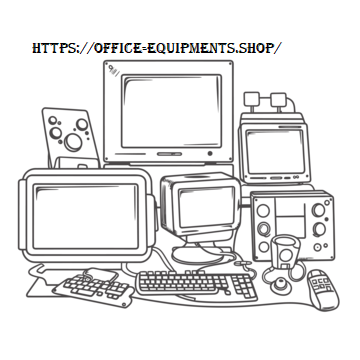Choosing the right multifunction printer (MFP)

Choosing the right multifunction printer (MFP) can be a daunting task, especially given the wide array of options available on the market today. To help you navigate this decision, here is a comprehensive guide on how to choose the best MFP for your needs.
Step 1: Determine Your Needs
Before you begin shopping for an MFP, it's important to identify your specific needs. Consider the following questions:
- How many employees will be using the printer?
- Small team?
- Large department?
- What types of documents will you be printing?
- Text-only?
- Color graphics?
- Do you need a printer that can handle non-standard media, such as cardstock or envelopes?
- Will the printer be used in a home or office setting?
- Are there any areas within your home or office that currently have poor Wi-Fi reception?
Answering these questions will give you a clearer picture of the kind of MFP you need.
Step 2: Understand Print Technologies
There are several different print technologies, each with its own strengths and weaknesses. Knowing which ones are supported by your devices is crucial.
Print Technologies Explained:
- Laser Printers: Fast, high-quality output, great for offices and large volumes. Maintenance costs can be high.
- Inkjet Printers: Lower initial cost, good for home use and occasional printing. Not as fast or durable as laser printers.
- LED Printers: Similar to laser but uses LED lights instead of lasers, generally cheaper and more energy-efficient.
- Solid Ink Printers: Produce vibrant colors, great for graphic arts and presentations. More expensive than conventional inkjets.
Compare the different technologies to determine which one best matches your needs.
Step 3: Assess Print Volume and Speed
The print volume and speed of an MFP are critical factors, especially if you have a large team or heavy printing demands.
- Print Volume: How many pages do you expect to print per month?
- Print Speed: How quickly do you need the documents printed?
Calculate your average monthly print volume and compare it to the recommended monthly duty cycles of the MFPs you're considering.
Step 4: Evaluate Scanning and Copying Capabilities
Scanning and copying are vital functions of an MFP. Ensure the device you choose has adequate scanning resolution and copying speed to meet your needs.
- Scanning Resolution: Higher resolution means sharper scanned images. Look for optical resolutions of at least 600 dpi.
- Copy Speed: Check the number of copies per minute (cpm) the MFP can produce.
Consider the quality and quantity of scans and copies you'll be doing to determine the appropriate specifications.
Step 5: Analyze Connectivity Options
Most modern MFPs offer a variety of connectivity options, which can greatly impact usability and flexibility.
- Wired Connection: Ethernet ports for connecting directly to a network.
- Wireless Connection: Wi-Fi for remote printing from mobile devices.
- USB Port: Direct printing from USB flash drives.
- Cloud Services: Integrated cloud services for storing and accessing documents remotely.
Decide which connectivity options are necessary for your workflow and select an MFP that supports them.
Final Thoughts
Selecting the right MFP involves balancing print volume, speed, quality, and connectivity. By following these steps, you can ensure that you invest in a device that supports your printing, scanning, and copying needs, enhances productivity, and fits seamlessly into your work environment.





